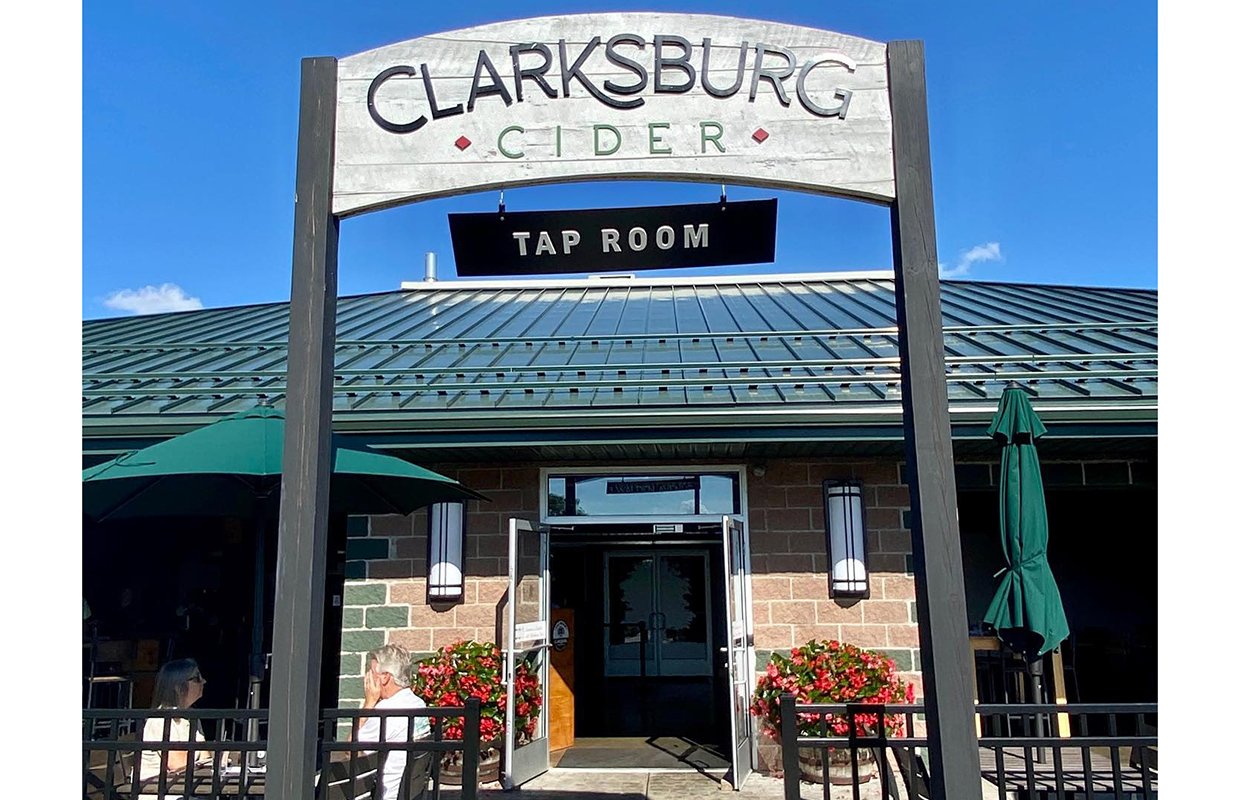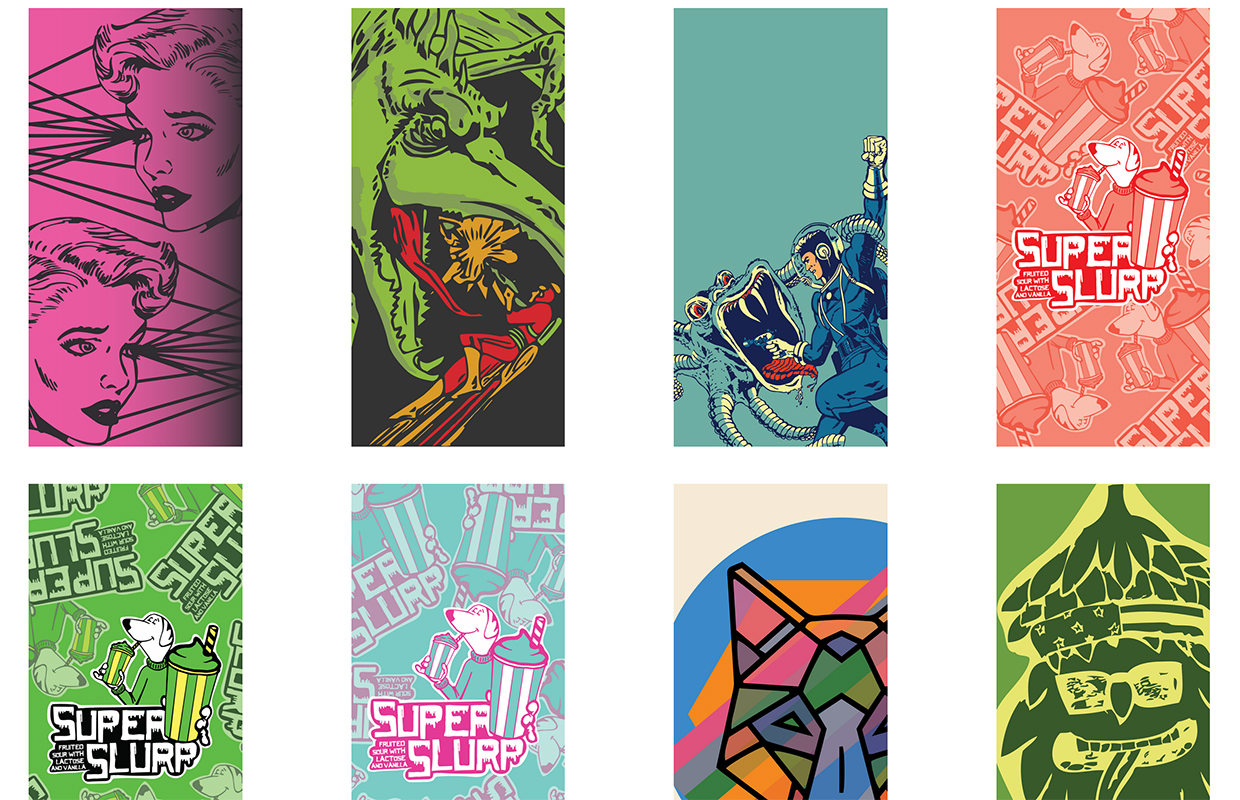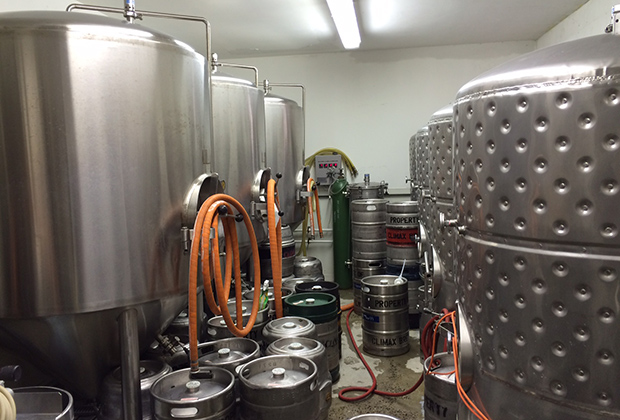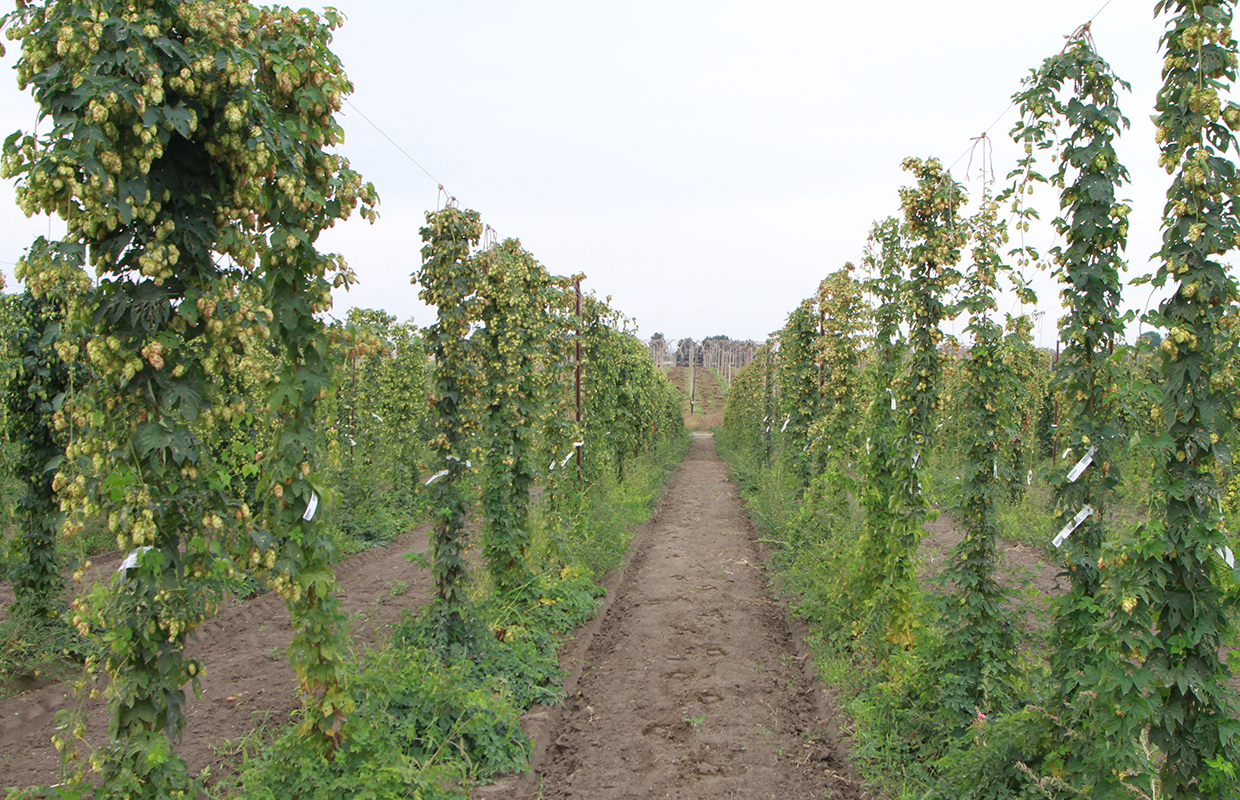
Typically, for a cidery’s launch, the biggest target for product sales is bars and restaurants initially. A cidery that wants to get the word out will be draft heavy and look for lines outside of its own taproom to help create a buzz in its area, which can help lead to a product launch in retail down the line.
For Clarksburg Cider, that wasn’t an option. CEO Michael Robb told Brewer that the Buffalo, New York-area cidery did have plans to do the “normal” launch, but by the time Robb and the Clarksburg team got things going, the pandemic reared up and halted the plan by 18 months.
“Because of COVID, because of our local restrictions and where we were, bars and restaurants weren’t really a very viable option,” he explained recently after celebrating its first anniversary. “So we went with a chain launch.”
Launching into chain retail can be a tough go, but the additional time spent in building up the volume to accommodate retailers and working with the right distribution partner helped Clarksburg develop a lineup that would be attractive to new consumers. It’s been a great strategy and now after opening just more than a year ago, the cidery is reaping the rewards by having a strong local base that now can visit a fully laid-out taproom and restaurant space along with having a strong retail presence in Western New York.
READ MORE: Cider Corner: New Avenues to Explore for Boosting Sales
“I hate to say it, it’s kind of a blessing in disguise (the pandemic),” Robb said. “It allowed us to regroup, reset, reevaluate, and come into the market a year and a half later than we initially intended.”
Purchasing three 6,000-gallon tanks instead of the original plan of a few smaller tanks along with the addition of Cidermaker Eddie Graves, Clarksburg launched with two year-round ciders along with a seasonal.
Being a startup, Robb said they don’t have huge marketing dollars so instead, Clarksburg focuses very heavily on social and digital campaigns when they can, and picking and choosing what events they go to.
“Getting our name out there with people tasting our product, that’s the best thing that you can do is get it in their mouth,” he said. “Once you do that, it kind of sells itself. So just getting as much exposure to consumers as possible is key.”
Learning curves did abound when it came to launching new products into retail and Robb said a year later they see better how a seasonal product can ebb and flow in sales.
“You don’t know what you don’t know,” he said with a laugh. “When we went into it we knew we wanted two core products: our dry and our semi-sweet. Eddie came up with this savory citrus. It was fantastic. But we made a little bit too much of it right off the bat, and we weren’t able to sell it all through because we weren’t in all the chains we thought we would be in right off the gate.
“It took us a little while to get into all those doors. But once we did now, a year later, we found that our summer seasonal, which we knew was gonna be a hit — a pineapple hibiscus —we knew it was gonna be a home run, because of the feedback we’ve had on in the tap room. … We made the same amount of it as we had made this savory citrus the year before, and we sold out of it immediately, and so then we had the opposite problem. Now we’re not sitting on product, we can’t move, we’re selling product and you’re worried about being able to lose that shelf space or that placement at a bar/tap line. Then we were in a mad scramble to produce more pineapple hibiscus, which we’ve done, and we’ve had no issues.”




Be the first to comment